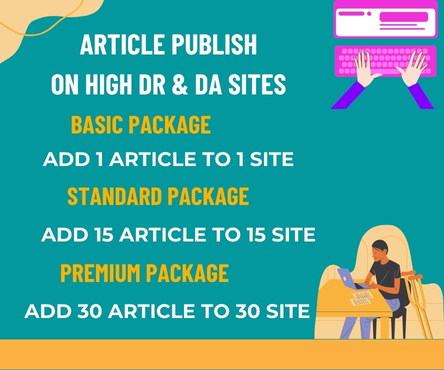In the digital landscape, two crucial elements reign supreme: SEO optimization and User Experience (UX). While they may seem like distinct entities, they are, in fact, intertwined and interdependent. A well-crafted SEO strategy can elevate user experience, and conversely, a seamless user experience can bolster SEO efforts. In this article, we’ll delve into the symbiotic relationship between SEO and UX, exploring how they work together to create a winning digital formula.
The Intersection of SEO and UX
At its core, SEO is about optimizing digital content to rank higher in search engine results pages (SERPs). This involves keyword research, on-page optimization, link building, and technical optimization. Meanwhile, UX focuses on creating an intuitive, engaging, and satisfying experience for users as they interact with a website or application. While these two disciplines may appear to have different objectives, they share a common goal: to provide users with relevant, high-quality content that meets their needs.
How SEO Enhances User Experience
A well-executed SEO strategy can significantly enhance user experience in several ways:
- Relevant Content: By optimizing for specific keywords and phrases, SEO ensures that users find relevant content that matches their search intent. This relevance is key to providing users with a satisfying experience.
- Content Organization: SEO best practices, such as header tags, meta descriptions, and internal linking, help organize content in a logical and easily digestible manner, making it easier for users to find what they’re looking for.
- Page Speed: SEO considerations, like page speed optimization, contribute to a faster and more seamless user experience, reducing bounce rates and improving engagement.
- Mobile-Friendliness: With the majority of users accessing content on mobile devices, SEO’s emphasis on mobile-friendliness ensures that websites are optimized for smaller screens, providing a better user experience on-the-go.
How User Experience Enhances SEO
Conversely, a well-designed user experience can also boost SEO efforts:
- Engagement Metrics: A user-friendly website with engaging content can increase dwell time, reduce bounce rates, and boost conversion rates, all of which send positive signals to search engines.
- Social Signals: A seamless user experience can encourage social sharing, generating social signals that search engines take into account when ranking content.
- Link Building: A website with high-quality, engaging content is more likely to attract natural links from other reputable sources, further enhancing its SEO credentials.
- Accessibility: A user experience that prioritizes accessibility ensures that all users, including those with disabilities, can access and engage with content, which can lead to improved search engine rankings.
The Key to a Harmonious Union
To reap the benefits of this symbiotic relationship, digital marketers and UX designers must work together to create a harmonious union between SEO and UX. Here are some key takeaways:
- Content-Centric Approach: Focus on creating high-quality, engaging, and relevant content that meets user needs and search engine requirements.
- Collaborative Design: Involve both SEO and UX experts in the design process to ensure that content is optimized for both users and search engines.
- Continuous Testing: Regularly test and refine digital experiences to ensure they meet evolving user needs and search engine algorithms.
- Holistic Metrics: Track and analyze metrics that encompass both SEO and UX, such as engagement, conversion rates, and search engine rankings.
By embracing this harmonious union, digital marketers and UX designers can create digital experiences that not only satisfy user needs but also drive business results. As the digital landscape continues to evolve, it’s essential to recognize the interdependence of SEO and UX, working together to craft a winning formula that propels businesses forward.

